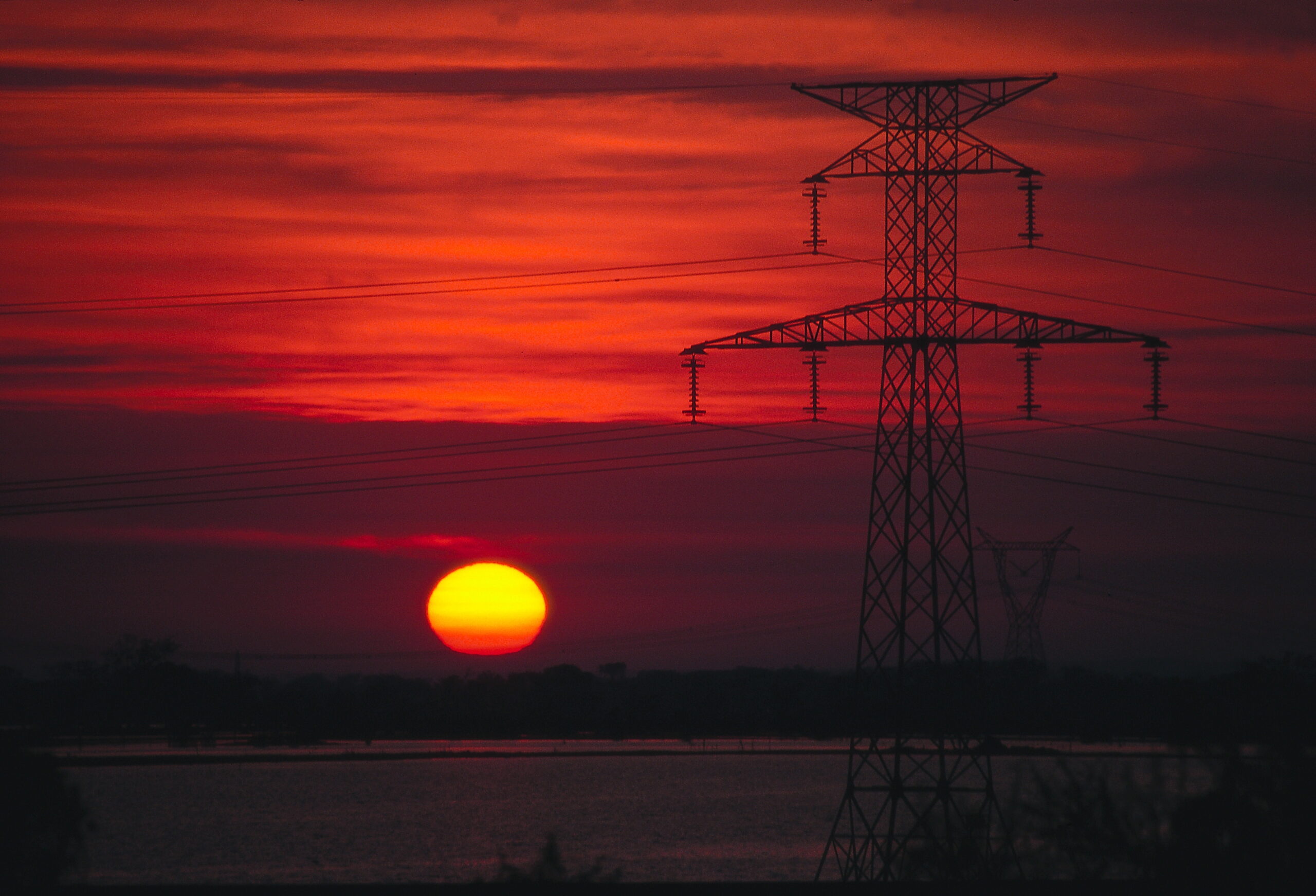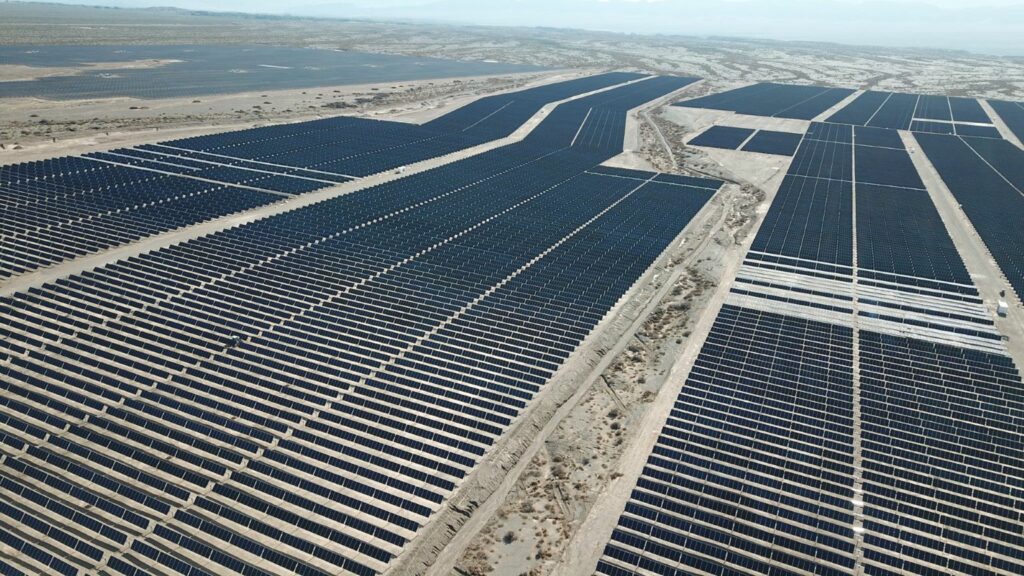From fracking to renewables in Argentina

Operations were built up by the company both on land and offshore, as well as with renewable energy sources. But producing shale oil on land proved a short-lived enterprise.[REMOVE]Fotnote: Argentina, Equinor. https://www.equinor.com/where-we-are/argentina. Accessed 9 July 2021.

Argentina has a long petroleum history. Establishing Yacimientos Petroliferos Fiscales SA (YPF) in 1922 made it one of the world’s very first countries to acquire a state oil company. A large proportion of Argentina’s oil reserves are on land, where a huge discovery was also made in 2010.
That was when Repsol-YPF – as the company was known between a privatisation in 1999 and a partial renationalisation in 2012 – proved massive quantities of share oil in Vaca Muerta, part of the Neuquén basin. Reserves were put at 927 million barrels.[REMOVE]Fotnote: Petzet, Alan, “Repsol sees 927 million boe in Vaca Muerta so far”, Oil & Gas Journal, 8 November 2011. https://www.ogj.com/exploration-development/discoveries/article/17265280/repsol-sees-927-million-boe-in-vaca-muerta-so-far. Accessed 9 July 2021. These prospects drew Equinor to Argentina.
Mainland Argentina: from promising licences to controversy and downscaling
An agreement with YPF got Equinor’s involvement in Argentina off the mark in 2017. This deal covered a joint exploration project on the Baja del Toro block in Neuquén, where the two companies split the licence equally between them. Two wells were drilled in 2019, with six others spudded in the same year. The aim was to begin production during 2021.[REMOVE]Fotnote: Argentina, Equinor. https://www.equinor.com/where-we-are/argentina. Accessed 9 July 2021.
Equinor’s further ambitions in Argentina crystallised just a few months after the agreement with YPF had been signed. The company secured no less than 90 per cent of the Baja del Toro Este block in November 2017, and a corresponding interest in the Aguila Mora Noreste block just over two years later.
Another milestone was passed at roughly the same time when Equinor joined forces with Shell and paid NOK 1.64 billion to Schlumberger in a major farm-in to the Bandurria Sur block. This investment was made despite considerable political and economic unrest in the country.[REMOVE]Fotnote: Ibid.

In a press release, Argentina country manager Nidia Alvarez Crogh made it clear that this involvement represented an extension of Equinor’s strategy for developing international growth opportunities.[REMOVE]Fotnote: “Equinor styrker sin tilstedeværelse i Vaca Muerta-formasjonen i Argentina”, press release, 31 January 2020. https://www.equinor.com/no/news/2020-01-31-argentina-vaca-muerta.html. Accessed 9 July 2021. The onshore projects concerned shale oil – which the company had experience with from the USA and elsewhere. However, the involvement in Argentinian shale oil would soon run into opposition following revelations by Oslo business daily Dagens Næringsliv in 2020 of huge cost overruns on similar projects in the USA.
Argentina is one of the few other countries where Equinor has such ventures, and the reports clarified the challenges with the technology. Where the company was concerned, the projects carried high investment risk.[REMOVE]Fotnote: Næss, Arne Fredrik, Salvesen, Tarjei Leer and Olmvik, Ole Reinert, “20 år med investeringer har gitt minus 54 milliarder”, NRK, 16 December 2020. https://www.nrk.no/dokumentar/equinor-har-tapt-mye-penger-pa-landbasert-oljevirksomhet-i-utlandet-1.15281122. Accessed 9 July 2021.
But that was not the only problem. Norwegian media sharply criticised both the production method involved – known as fracking – and its potential consequences for the environment and local communities. These related in part to the threat of polluted effluent from production spreading to ground water, and applied to Equinor’s operations in both North and South America.[REMOVE]Fotnote: Ibid.; “Det skitne, norske oljeeventyret i Argentina”, Changemaker Norge, 11 June 2019. https://changemaker.no/equinor-i-argentina. Accessed 9 July 2021.
It became clear in 2021 that Equinor intended to sell out of the Baja del Toro Este and Aguila Mora Noreste shale oil projects for financial reasons – allegedly because of price developments.[REMOVE]Fotnote: Lorentzen, Marius. “Equinor forlater Nicaragua og Mexico: Vil også selge i USA, Canada og Argentina”, E24, 15 June 2021. https://e24.no/olje-og-energi/i/Kyda1G/equinor-forlater-nicaragua-og-mexico-vil-ogsaa-selge-i-usa-canada-og-argentina. Accessed 9 July 2021. That would sharply reduce the company’s involvement on land in the country.
Offshore oil plus solar and wind – the future in Argentina?
By 2021, however, Equinor had expanded its involvement in Argentina beyond onshore share oil to embrace conventional offshore production and renewables projects. The company moved into the country’s offshore sector in April 2019 with the award of seven blocks – five as operator – in the first Argentinian licensing round on its continental shelf for more than 20 years.[REMOVE]Fotnote: Stump, Jessica, “Industry revs up interest in offshore Argentina”, Offshore Magazine, 1 July 2019. https://www.offshore-mag.com/regional-reports/article/14037126/industry-revs-up-interest-in-offshore-argentina. Accessed 9 July 2021.
In August of that year, it joined forces with YPF over block CAN 100. This ranks as the largest in the North Argentinian basin.[REMOVE]Fotnote: “Equinor strengthens alliance with YPF offshore Argentina”, Offshore Magazine, 21 August 2019. https://www.offshore-mag.com/regional-reports/article/14038620/equinor-strengthens-alliance-with-ypf-offshore-argentina. Accessed 9 July 2021. The companies reached agreement with Shell in January 2021 that the latter would farm into the licence, subject to regulatory approval. Equinor and YPF will then own 35 per cent each and Shell 30 per cent.[REMOVE]Fotnote: “Equinor og YPF inngår avtale med Shell i CAN 100-blokken utenfor kysten av Argentina”, press release, 14 January 2021. https://www.equinor.com/no/news/202101-argentina-can100.html. Accessed 9 July 2021.

Equinor’s first solar power project in Argentina kicked off in June 2018 when the company acquired a 50 per cent stake in the Guanizul 2A facility in San Juan. A similar plant is operational in Brazil.[REMOVE]Fotnote: Equinor annual report, 2018: 44. This involvement is channelled through the Norwegian Scatec Solar company, owned by Equinor, which operates the power plant. It became operational in July 2021.[REMOVE]Fotnote: Equinor, “The Guañizuil IIA solar plant in Argentina in commercial operation”. https://www.equinor.com/en/news/the-guanizuil-solar-plant-in-argentina-in-commercial-operation.html. Accessed 13 August 2021. A commitment is also being made to wind power. Equinor has joined forces here with YPF Luz over the Cañadón León project.[REMOVE]Fotnote: Equinor annual report, 2019: 48.
arrow_backOil exploration in UruguayFrom service stations to exploration and productionarrow_forward